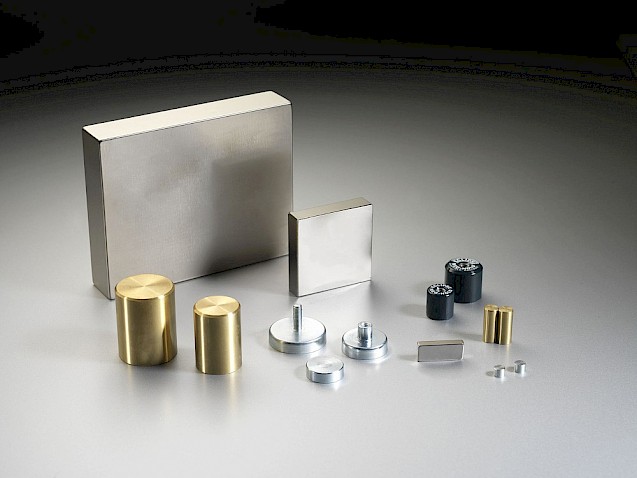
Globally, the demand for neodymium-iron-boron (NdFeB) magnets is poised to display diverse growth trends across various sectors in 2024. Fundamentally, technological shifts, production patterns, and economic factors will significantly influence demand. As a result, new energy vehicle (NEV), wind turbine, air conditioner, and smartphone sectors will experience contrasting shifts in demand.
Primarily, the NEV Sector Drives Significant NdFeB Magnet Demand Growth
Unquestionably, the NEV sector remains the most substantial consumer of NdFeB magnets. Specifically, it accounts for 35% of global demand. In this sector, magnet demand is, indeed, projected to rise by 2.42%, reaching 43,018 tonnes in 2024. The worldwide drive to decarbonize transportation is, undoubtedly, propelling the NEV sector’s expansion. Furthermore, government incentives, technological advancements, and the consumer trend toward electric vehicles (EVs) contribute to this consistent rise.
On the other hand, Wind Turbine and Electric Bicycle Sectors Experience Demand Decline
Conversely, sectors such as wind turbines and electric bicycles will encounter a marked downturn in magnet demand. Particularly, wind turbines will witness a dramatic 32% decrease, consequently reducing demand to 4,848 tonnes. This decline stems from reduced investments in renewable energy initiatives and a lessened emphasis on wind power in specific regions. Similarly, electric bicycle magnet demand will decrease, attributable to slowed consumer expenditure and heightened competition from alternative transport options.
However, Inverter Air Conditioners See Strong NdFeB Magnet Demand Growth
Conversely, the inverter air conditioner market will observe robust NdFeB magnet demand growth. Explicitly, demand is expected to surge by roughly 29%, reaching 30,154 tonnes. Increased global air conditioning production, particularly in warmer regions and emerging economies, drives this surge. Additionally, consumers are increasingly seeking energy-efficient products.
Indeed, Economic Factors and Sector-Specific Influences Impact Demand
In effect, economic factors contribute to the fluctuation in magnet demand. Notably, a slowdown in China’s real estate and infrastructure sectors diminishes the need for energy-efficient technologies. Furthermore, government policies curbing specific sectors and managing industrial overcapacity impact production outputs, including renewable energy. Consequently, this further contributes to the reduced magnet demand in industries like wind turbines.
In summary, Specific Sector Demand Shifts Observed
In other industries, such as smartphones, NdFeB magnet demand remains relatively stable. To clarify, a minor 0.87% decrease is projected. However, competition from alternative technologies and a slowdown in innovation contribute to this slight decline. Ultimately, air conditioners and NEVs are anticipated to dominate magnet demand, whereas wind turbines and electric bicycles will confront obstacles. SuperMetalPrice considers these shifts pivotal for the magnet industry’s progression.











Leave a Reply
You must be logged in to post a comment.